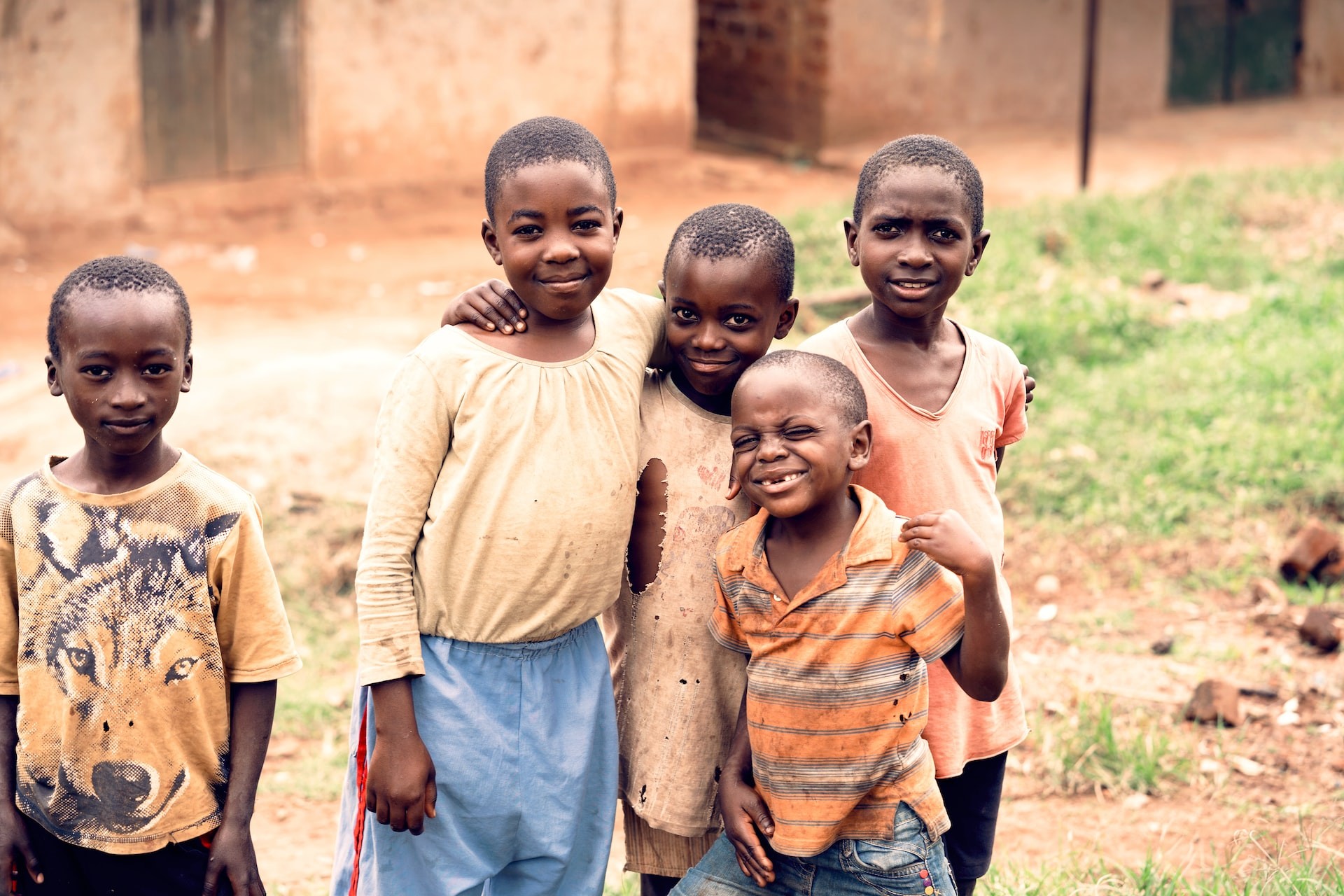
Understanding the lived reality of ‘children on the move’ in the eastern border area of Zambia to develop recommendations for support programmes for vulnerable children in border zones
Photo by Roman Nguyen on Unsplash
The movement of children from one country to another is common, according to UNICEF (2021), of the estimated 281 international migrants, 36 million are children. In SADC the irregular movement of young people is motivated by the search of employment, better living and working conditions (Hillier 2007; Walker, Mahati and Magaya, 2020; Save the Children 2020). When migrating, young people employ different strategies for crossing the border including using unofficial methods because of the lack of documentation and highly securitised ports of entry (Walker, et al., 2020; Save the Children 2020). Some undocumented young people use border towns as a stop-off point to make some money for further travel across the border or to major destination cities like Johannesburg or Lusaka, or as a place to access illegal crossing support and sometimes even as a place to stay to live and work in the informal economy associated with such border towns and the neighbouring towns and informal industry (Verdasco, 2013). Borders are a rich source of information related to informal movement of young people, their experiences, protection avenues, vulnerability, and resilience strategies. In SADC most studies on young people on the move in border towns and zones has focussed mostly on the South Africa/Zimbabwe and South Africa Mozambique borders. There continues to be dearth of research on young people entering into Zambia, although the country has large numbers of children crossing borders from neighbouring DRC, Malawi and Mozambique. The country is also used as a transit country for those travelling from further north countries such as Ethiopia to get to South Africa (International Organisation for Migration (IOM), 2017). Futhermore, there is limited understanding of how to support and protect young people who either pass through or remain for some time in border towns as they move.
Against this background, SIHMA in collaboration Dr Glynis Clacherty and Dr Rebecca Walker from the African Centre for Migration and Society is conducting an ethnographic study in the eastern border area of Zambia between the towns of Chipata and Nyimba. This study aim is to understand the lived reality of ‘children on the move’ in the eastern border area of Zambia to develop recommendations for support programmes for vulnerable children in border zones.
For more information about this proposed research, please refer to the following link: https://sihma.org.za/research-projects/understanding-the-lived-reality-of-children-on-the-move-in-the-eastern-border-area-of-zambia-to-develop-recommendations-for-support-programmes-for-vulnerable-children-in-border-zones
References
Hillier, L. (2007). Children on the move: Protecting unaccompanied migrant children in South Africa and the region https://resourcecentre.savethechildren.net/node/2665/pdf/2665.pdf
IOM. (2017). Study on unaccompanied migrant children in Mozambique, South Africa, Zambia and Zimbabwe. IOM. p. 47
Save the Children. (2020). Girls on the Move Research Series. Save the Children International. Available at: https://resourcecentre.savethechildren.net/node/18292/pdf/girls_on_the_move_southern_africa_final.pdf (accessed 1 March 2021).
UNICEF. (2021). Child Migration. https://data.unicef.org/topic/child-migration-and-displacement/migration/
Verdasco, A. (2013). Strengthening Child Protection Systems for Unaccompanied Migrant Children in Mozambique: A case study of the border town of Ressano Garcia, Innocenti (Working Paper No. 2013-13). UNICEF Office of Research.
Walker R, Mahati S and Magaya I (2020) CHILD TRAFFICKING IN SOUTH AFRICA Exploring the Myths and Realities. University of Pretoria: The Centre for Child Law. Available at: http://centreforchildlaw.co.za/wp-content/uploads/2020/08/WEB-CFCL-Child_Trafficking-Report.pdf.
Categories:
Tags:

